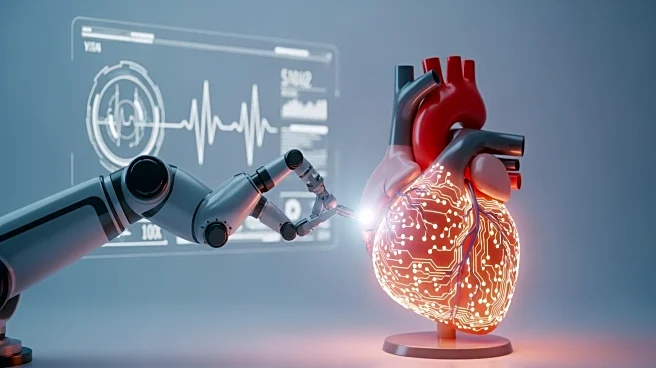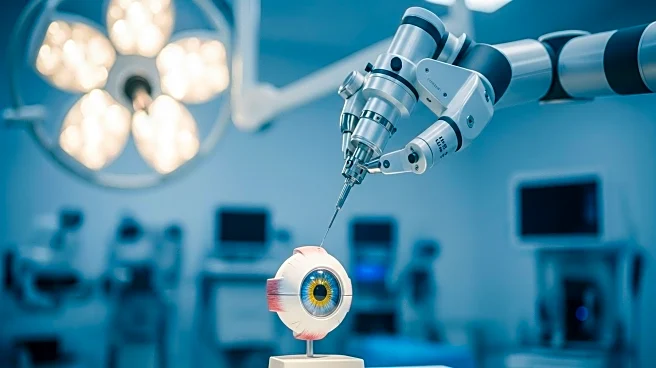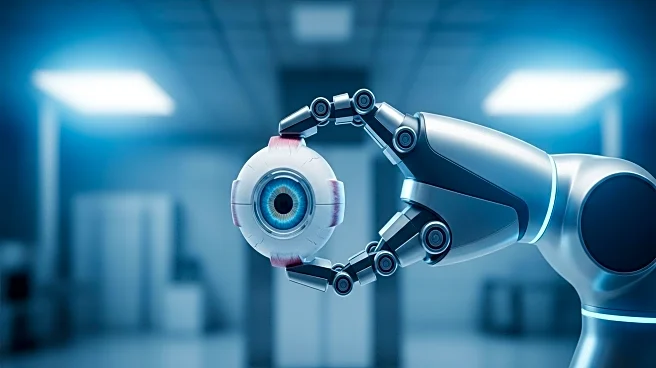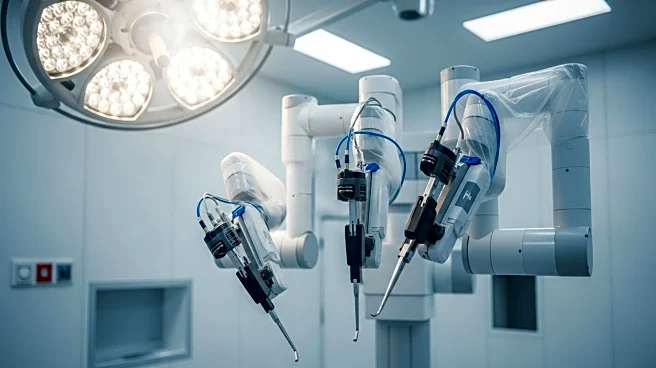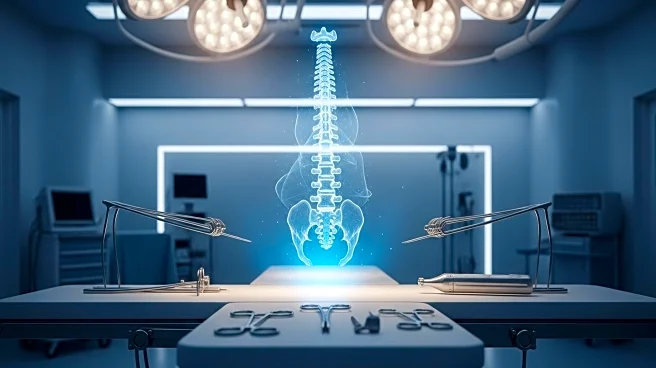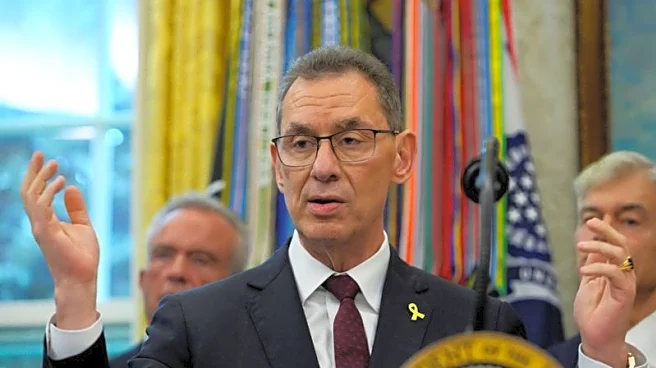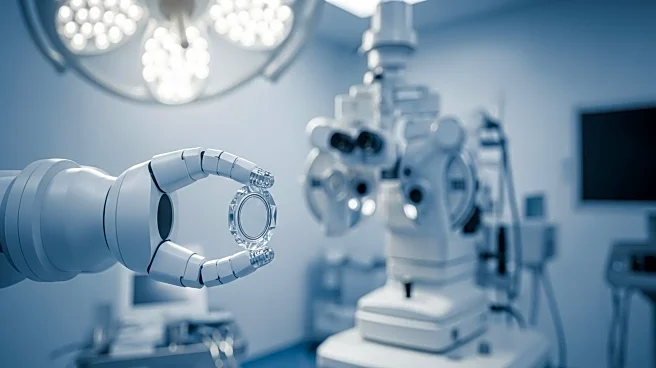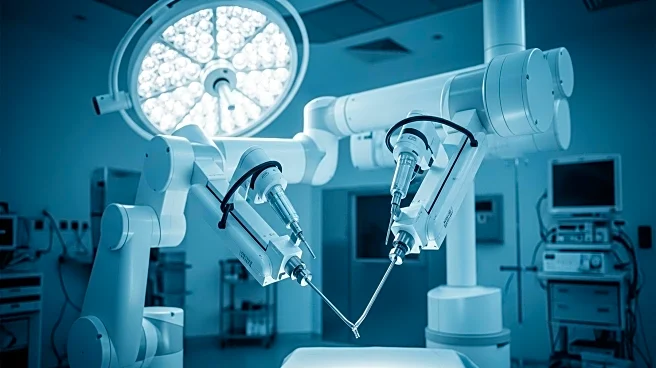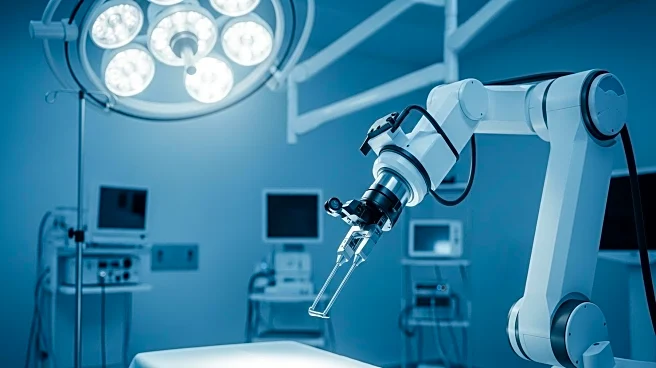What's Happening?
Stereotaxis has announced a partnership with CardioFocus to develop a robotic pulsed field ablation (PFA) system aimed at treating cardiac arrhythmias. This collaboration will integrate CardioFocus' Centauri
PFA system, which has already been used to treat over 9,000 patients, with Stereotaxis' Magic robotic cardiac ablation catheter. The companies have completed bench and preclinical testing, setting the stage for clinical trials to support the system's authorization and commercialization. Stereotaxis CEO David Fischel highlighted the company's focus on complex arrhythmias and the potential of robotics to enhance the safety and success of procedures that are otherwise challenging.
Why It's Important?
The development of a robotic PFA system represents a significant advancement in the treatment of cardiac arrhythmias, potentially improving patient outcomes through enhanced precision and safety. This collaboration could position Stereotaxis and CardioFocus as leaders in the cardiac treatment market, offering a solution that addresses the limitations of current technologies. The integration of robotics in medical procedures is a growing trend, promising to revolutionize healthcare by reducing human error and increasing procedural efficiency. The success of this system could lead to broader adoption of robotic technologies in other medical fields.
What's Next?
The next steps for Stereotaxis and CardioFocus include transitioning to first human use and advancing the regulatory process in the coming months. Stereotaxis has already received 510(k) clearance for its robotically navigated electrophysiology mapping catheter, indicating progress in regulatory approvals. The CEO has predicted that at least one solution will enter human testing in 2025 and reach the European market within 12 months. This timeline suggests a rapid progression towards commercialization, which could significantly impact the cardiac arrhythmia treatment landscape.
Beyond the Headlines
The collaboration between Stereotaxis and CardioFocus highlights the increasing importance of partnerships in the medical technology sector, where combining expertise and resources can accelerate innovation. The use of robotics in healthcare raises ethical considerations regarding the role of human oversight in medical procedures and the potential for job displacement. However, the benefits of improved patient safety and procedural success may outweigh these concerns, driving further investment in robotic technologies.
